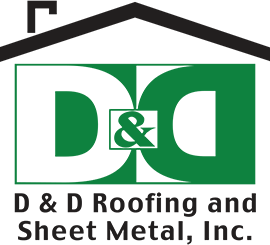The life span of your roof is not a given. Proper maintenance can spell the difference between a roof that lasts decades in Nevada’s extreme weather versus a roof that requires frequent repairs and replacements. With this in mind, let’s take a look at the things that can directly damage your roof, tarnish its beauty, and necessitate costly repairs.
Proper maintenance can spell the difference between a roof that lasts decades in Nevada’s extreme weather versus a roof that requires frequent repairs and replacements
Algae
Algae are organisms that thrive in moist, well-shaded areas, so they’ll happily take residence in shingles that retain moisture and enjoy the cover of leafy branches. If your shingles are designed to reflect sunlight and make your roof more energy-efficient, algae growth can compromise these functions and increase your cooling and heating bills. Additionally, algae retain moisture, which can make wooden shingles rot.
To prevent algae growth, make sure to cut back tree branches so that they’re at least six feet away from your house. This helps ensure that your roof receives full sunlight, which eliminates moisture. Twigs and leaves in your gutters may accumulate, spill over onto your roof, retain moisture, and foster algae growth, so you’ll also want to regularly clear your gutters of such debris.
You can also install copper- or zinc-coated sheet metal strips near the top ridge of your roof to ward off algae. Among the two coatings, copper is more toxic to algae, but zinc is much more affordable.
If your roof already has algae, you can spritz the affected areas with a 50-50 bleach and water solution and then rinse these areas with clean water.
Moss
Moss is a primitive type of plant that, like algae, thrives in cool environs and moisture-rich surfaces. But moss damages shingles in a different way. Shingles are supposed to be flat against the roof so that they shed water and keep it away from the roof’s wooden infrastructure. However, when moss grows, it grows up the pitch of the roof and causes shingles to curl, exposing the roof beneath to rain, snow, and sleet. Wood rot and leaks may soon follow.
FYI: Climbing vines can also creep beneath the shingles and allow water to seep underneath.
The full sun is your most powerful moss deterrent, and you can also use any of the measures for preventing algae growth to keep moss from your roof.
Unfortunately, once moss takes root on your roof, removing the pretty-but-pernicious plant requires more elbow grease. First, you need to wear slip-resistant shoes, eye protection, and rubber gloves. Use a ladder so you can clearly see and get to the area where moss is growing; for safety, use a harness. Hose down the mossy area on your roof, then use a long-handled brush to scrub the shingles from the top down. Scrubbing in this direction will keep you from dislodging or peeling off the shingles. Work on small sections at a time to further prevent damaging the shingles.
You may need to use commercial or DIY cleaning solutions for hard-to-remove patches. Whichever type of solution you choose, it’s best to apply it when the sky is cloudy so that it doesn’t evaporate too quickly.
Trees
Large trees can cause damage to your roof in many ways:
- Granule erosion – The granules on asphalt shingles are what gives shingles their water-shedding properties. However, swaying branches can break these granules off and make your roof system prone to water seepage.
- Dislodged shingles – Branches and wind can batter shingles, tear holes into them, and even peel them off.
- Moisture retention – Overgrown foliage may lie on top of your roof, trap moisture, and cause problems such as wood rot.
- Falling branches – Dead or weak branches may crash onto your roof due to being broken off by strong winds or by being overloaded with snow or ice.
To avoid all of these, cutting tree branches back so that they’re at least six feet away from your house is your best bet.
Ice
When the downspouts of your gutters are clogged up with debris, water from melting roof snow won’t drain fast enough. The accumulated water freezes at night and forms ice dams that keep water from draining away from the shingles. This water may freeze and expand beneath the shingles. The loosened shingles will then allow water to seep into the roof, leak into the ceiling, and cause toxic mold to grow in your attic.
More than this, gutter icicles may break off and hurt people standing underneath. It’s also possible for gutter segments that are overburdened with debris and ice to come crashing down as well.
To mitigate gutter ice problems, make sure to clear your gutters of leaves, twigs, and shingle granules.
To enjoy the full life span of your roof, turn to D&D Roofing’s roofing services. Get in touch with us today for a free estimate.


